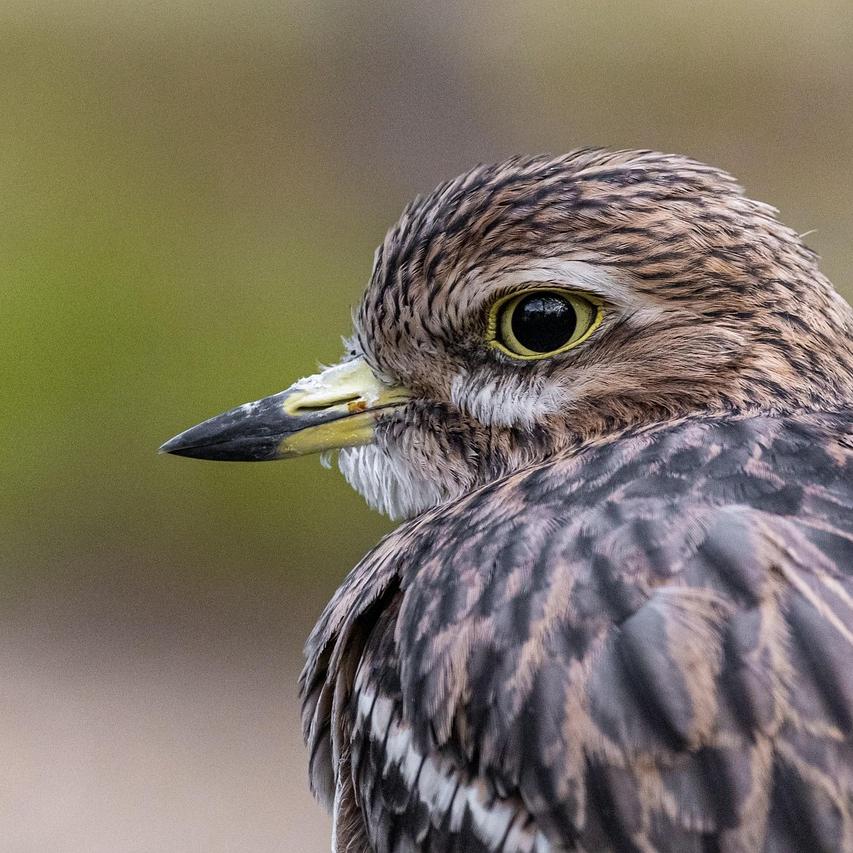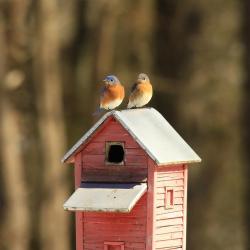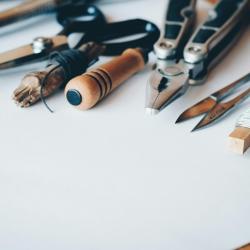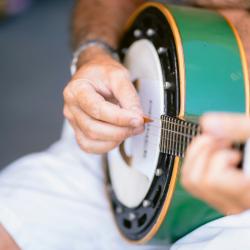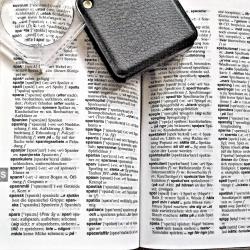How to Start Birdwatching: Tips for Beginners
Birdwatching, or birding, is a delightful hobby that offers a deep connection with nature, an opportunity for relaxation, and a chance to learn about the diverse avian species that share our world. For beginners, the prospect of starting this hobby can seem daunting due to the sheer variety of birds and the specialized knowledge and equipment seemingly required. However, birdwatching is an activity that anyone can enjoy, regardless of experience or budget. This article provides tips to help you begin your birdwatching journey.
1. Start with the Basics
Observe Your Surroundings: Begin in your own backyard or a local park. You might be surprised by the variety of birds present in familiar settings. Pay attention to the size, color, shape, and behavior of birds, as these characteristics are key to identifying them.
Get a Good Field Guide: A field guide is an invaluable tool for birdwatchers. It provides information on the birds in your area, including their appearance, calls, and habitats. There are many excellent field guides available in both print and digital formats, such as "The Sibley Guide to Birds" or the "National Geographic Field Guide to the Birds of North America."
2. Equip Yourself
Binoculars: A good pair of binoculars is essential for birdwatching. Look for binoculars with a magnification of 8x42 or 10x42, which strike a balance between magnification and brightness. Try out different models to find one that feels comfortable and provides a clear view.
Apparel and Accessories: Dress appropriately for the weather and the terrain you’ll be exploring. Neutral colors can help you blend into the surroundings. A hat with a brim and sunscreen can protect against sun exposure, and sturdy shoes will keep you comfortable on longer treks.
3. Learn the Essentials
Identify by Sight and Sound: Birds can often be identified by their calls and songs as well as their appearance. Spend time listening to bird calls, either in the wild or through apps and online resources like the Merlin Bird ID app or websites such as the Cornell Lab of Ornithology.
Note-Taking: Keep a journal to record your observations. Note the time, date, location, weather conditions, and the details of the birds you see. This practice helps sharpen your observation skills and provides a record of your birdwatching experiences.
4. Join the Community
Local Birdwatching Clubs: Joining a birdwatching club or society can provide valuable opportunities to learn from more experienced birders and participate in group outings. These groups often organize walks and talks that can help you expand your knowledge and meet fellow enthusiasts.
Online Forums and Social Media: Engage with online birdwatching communities. Websites like eBird allow you to track your sightings and see what others are observing in your area. Social media groups dedicated to birdwatching can also be great resources for tips and identification help.
5. Respect Wildlife and Nature
Practice Ethical Birdwatching: Always prioritize the welfare of the birds. Maintain a respectful distance to avoid disturbing them, and never interfere with nests or feeding areas. Follow local guidelines and regulations to protect habitats and ensure the continued enjoyment of birdwatching for everyone.
Conservation Efforts: Consider supporting bird conservation efforts by volunteering, donating, or participating in events like the annual Christmas Bird Count, which contributes valuable data to bird research.
Conclusion
Birdwatching is a rewarding and enriching hobby that can be enjoyed by people of all ages and backgrounds. By starting with your local area, equipping yourself with the right tools, learning to identify birds, engaging with the birdwatching community, and respecting the environment, you can embark on a fulfilling journey into the world of birds. Whether you’re observing a common sparrow or a rare warbler, the joy of birdwatching lies in the appreciation of nature and the peaceful moments spent in the great outdoors. Happy birding!
